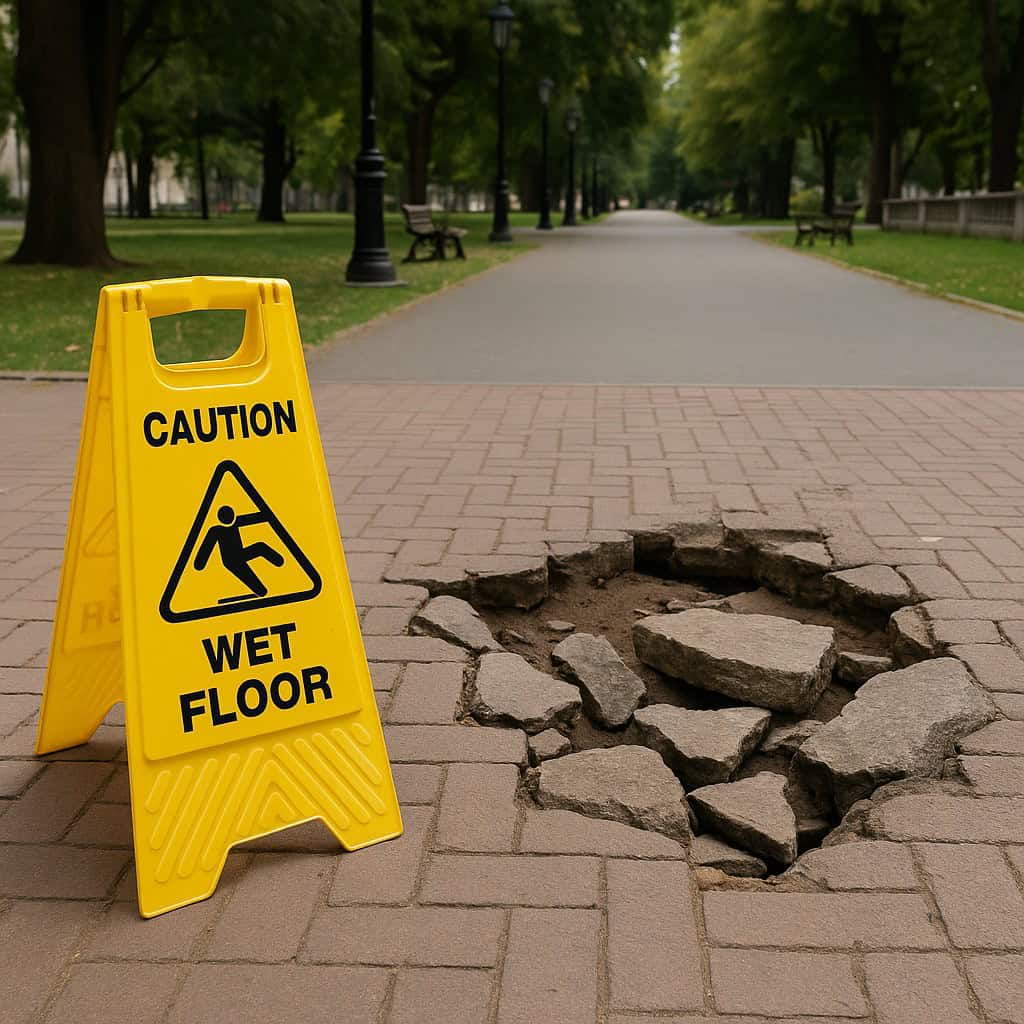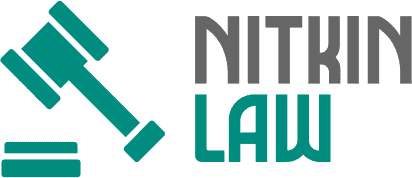Public spaces are essential for socialization, recreation, and everyday activities throughout Connecticut. From Hartford’s Bushnell Park to the beaches along Long Island Sound, these spaces serve millions of residents and visitors annually. However, the safety of these environments is crucial for public confidence and welfare. In 2019, over 12,000 Connecticut residents aged 65 and older were hospitalized due to fall-related injuries, highlighting the significant impact unsafe conditions can have on public health.

When these environments turn out to be dangerous, understanding where legal liability lies becomes critical. Connecticut law holds property owners to specific standards for maintaining safe premises, and failure to meet these obligations can result in serious legal consequences. If you’ve been injured due to unsafe conditions in a public space, consulting with experts in premises liability can help you understand your rights and potential compensation options.
The Functions of Local Authorities
One of the key tasks for local governments is maintaining public spaces. They are usually responsible for ensuring that parks, roads, sidewalks, and other common areas are safe for everyone. This includes regular maintenance and repairs, as well as addressing hazards such as broken sidewalks or malfunctioning lights.
If negligence causes someone an injury, local authorities can be held responsible. For example, failing to fix a known danger or not providing adequate warning signs. When the authority knew about the problem and failed to act, it often led to legal claims.
Responsibilities of Property Owners
Public spaces also include areas owned by private entities that are open to the general public, such as shopping malls or concert venues. Property owners have a duty to maintain safe premises and can be held liable in premises liability claims if they are negligent in their duties. This includes routine inspections, proper lighting, and warnings where necessary to prevent accidents.
The owner could be held responsible if someone is injured due to unsafe conditions. Liability usually requires demonstrating that the owner was aware of the hazard and did not remedy it within a reasonable amount of time.
The Duty of Care
The concept of duty of care is a fundamental element of public space legal responsibility. It represents an obligation to avoid conduct that could reasonably harm another person. This duty applies to both local authorities and private property owners, meaning they are required to take reasonable measures to prevent harm.
To bring a successful legal claim, it must be shown that this duty was breached, leading directly to the injury. The challenge is usually establishing notice and fault, which requires thorough documentation and evidence.
Community Involvement
Citizens also have a role to play in ensuring public spaces remain safe. Reporting hazards such as broken playground equipment or blocked pathways can lead to faster action by authorities or property owners. According to the National Safety Council, falls are the second leading cause of unintentional injury-related death, making community vigilance essential for preventing accidents.
Although people are not legally responsible for maintaining public spaces, their involvement can significantly improve community safety. Such participation promotes a sense of shared responsibility, leading to safer environments for everyone.
Insurance and Liability
Public liability insurance can help cover the costs associated with accidents on premises. Local governments and private property owners often carry policies that provide coverage for injuries occurring on their property. These policies may help compensate injured individuals, but they do not eliminate the duty of care to maintain safe conditions.
However, if negligence can be proven, legal action may still follow. Insurance companies often conduct their own investigations to determine liability, and the results of these investigations can affect claim outcomes.
Legal Rights of the Wronged Party
If injured in a public space, a person may pursue compensation through the legal system. Consulting with an attorney can help clarify the process and potential outcomes of legal action. In Connecticut, you can still collect some damages for slip and fall injuries even if you were partly to blame, as long as you weren’t mostly—51% or more—at fault. Claims should be supported by evidence, including photos, witness statements, and medical records.
One important factor to consider is the time limits for bringing a claim. Swift action preserves the rights of injured parties and increases the chances of a successful outcome.
Preventive Measures
Prevention is the best strategy for keeping public spaces safe. Regular inspections, prompt repairs, and clear hazard communication should be priorities for both authorities and property owners. These practices help reduce risks and create safer environments for everyone.
Prevention efforts can also benefit from community safety programs and educational initiatives. Encouraging citizen participation in safety awareness and incident reporting helps create a culture of shared responsibility for public safety.
Conclusion
Responsibility for unsafe public spaces rests with local authorities, private property owners, and the community as a whole. Understanding these roles can help address potential hazards and ensure safer environments for everyone. Through responsible management and active community involvement, public spaces can remain welcoming and safe for all users.

